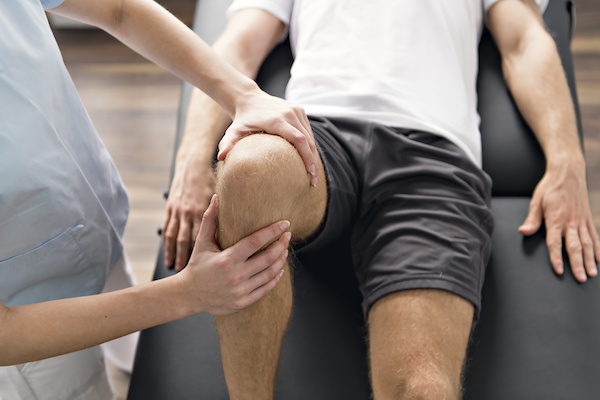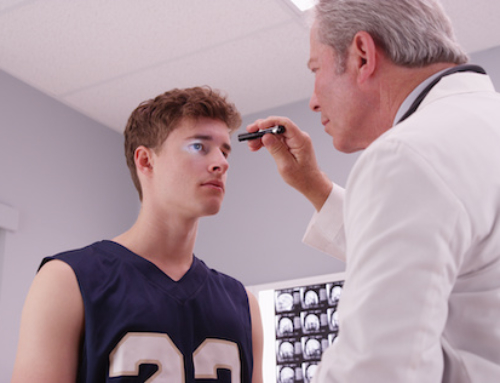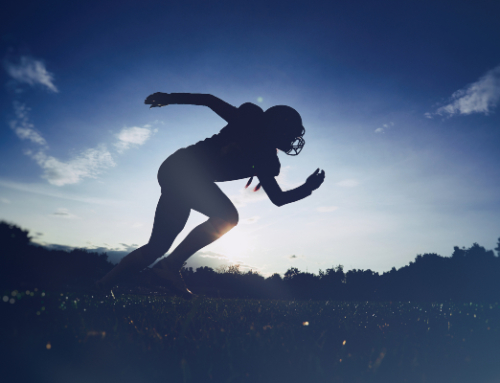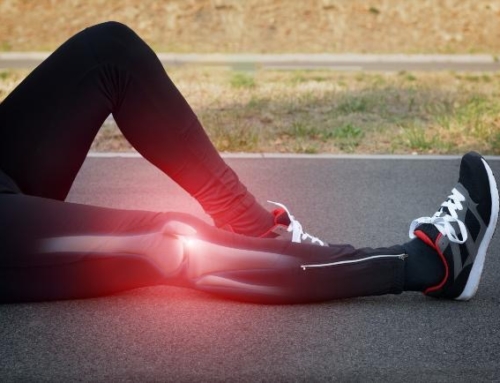
Injuries are never fun for anyone, but for athletes, it is often a double whammy. Not only are athletes reeling from the pain and discomfort of an injury, but they also must deal with the frustrating recovery process while being away from the sport they love. Although professional treatment is necessary for most common sports injuries, there are also a number of at-home exercises and treatments that physical therapists will recommend for athletes to speed up the recovery and regaining their strength. Below, we will go through some of the most common sports injuries and at-home exercises and treatments leveraged for healing.
Hamstring Strain
The hamstring is located at the back of the thigh. When the muscles or tendons tear or are strained, it can cause an athlete extreme pain and requires immediate rest to avoid further injury. A hamstring strain or tear is typically caused by the hamstring being stretched beyond its limit, which is common in sports that involve lunging, sprinting, or any sort of sudden movement.
Hamstring strain recovery will begin using the RICE method (Rest, Ice, Compression, Elevation). This means taking 2-3 days after the injury to completely rest and recover. After a few days, the athlete may begin very gentle hamstring stretches and gentle exercises. This may include very low impact activities, such as a gentle walk or cycling. Depending on the severity of the strain or tear, the recovery process will differ.
ACL Tear or Strain
An ACL injury is a tear or strain to the Anterior Cruciate Ligament, the band of tissue that holds the bones of the knee together and provides stability to the knee. ACL injuries may vary in severity, with a strain requiring some rest and ice, and a tear requiring surgery and rehabilitation. The most common cause of ACL injuries is in sports where a player suddenly pivots or changes direction with the foot firmly planted. ACL injuries also occur when landing incorrectly from a jump.
For minor ACL injuries, begin with the RICE method. Once the swelling goes down and proper time is given to rest, exercises to regain leg strength are very important. Strength-building exercises for the quads and hamstrings can help make an athlete stronger and more prepared for surgery or rehab if necessary. However, athletes should not push themselves to the point of pain as that will risk further injury.
Shin splints
Shin splints are common in athletes that do a lot of prolonged running. It is presented by pain in the shins and lower legs that can make it difficult to continue participating in physical activity or sports. If experiencing shin splint pain, the athlete should rest and ice the shins for 2-3 days to help relieve inflammation. Anti-Inflammatory medication may also be useful.
Shin and ankle stretches can help relieve pain and reduce instances of future shin splints. Calf raises and other exercises that strengthen the calves and hamstrings can also be useful in preventing injury. Athletes that suffer from chronic shin splints may also consider orthotic inserts in their shoes to cushion the impact on the ground when running.
Tennis elbow
Tennis elbow presents itself as pain on the outside of the elbow due to irritation and inflammation to the tissues in this area. Tennis elbow is very common among tennis players, hence the name, and can make it extremely difficult to continue performing well in this sport. Rest and ice should be the first defense against tennis elbow to help the tissues in the elbow calm down.
After rest and ice, at-home exercises to gently improve forearm strength can help prevent tennis elbow. Increased attention to technique may also help prevent tennis elbow and prevent other injuries to the area.
Hip flexor strain
The hip flexor is the muscle in your hip. When stretched or strained beyond its capacity, the result is a hip flexor strain. A hip flexor strain will cause pain when lifting the knee, kicking, or swinging the leg. Like most injuries, begin with the RICE method to relieve immediate pain and allow the muscle to relax. We also recommend taking a warm bath to help accelerate the muscle relaxation process.
At home stretches will also be helpful in healing a hip flexor strain. Gentle quadricep stretches, hip flexor stretches (a lunge with one knee touching the floor and body leaning forward), and straight leg raises lying down can all help stretch and strengthen this muscle at home.
Sports injury treatment in Illinois with Dr. Roger Chams
If you are suffering from a sports injury in Illinois, it is important to begin with a visit to an orthopedist. An orthopedic surgeon will be able to assess the injury and ensure whether or not there will be a need for physical therapy or surgery. Dr. Roger Chams is a leading orthopedic surgeon in Illinois, specializing in the treatment of sports injuries. Contact us today to learn more.





